How to Write a Scary Scene In Your Stories!
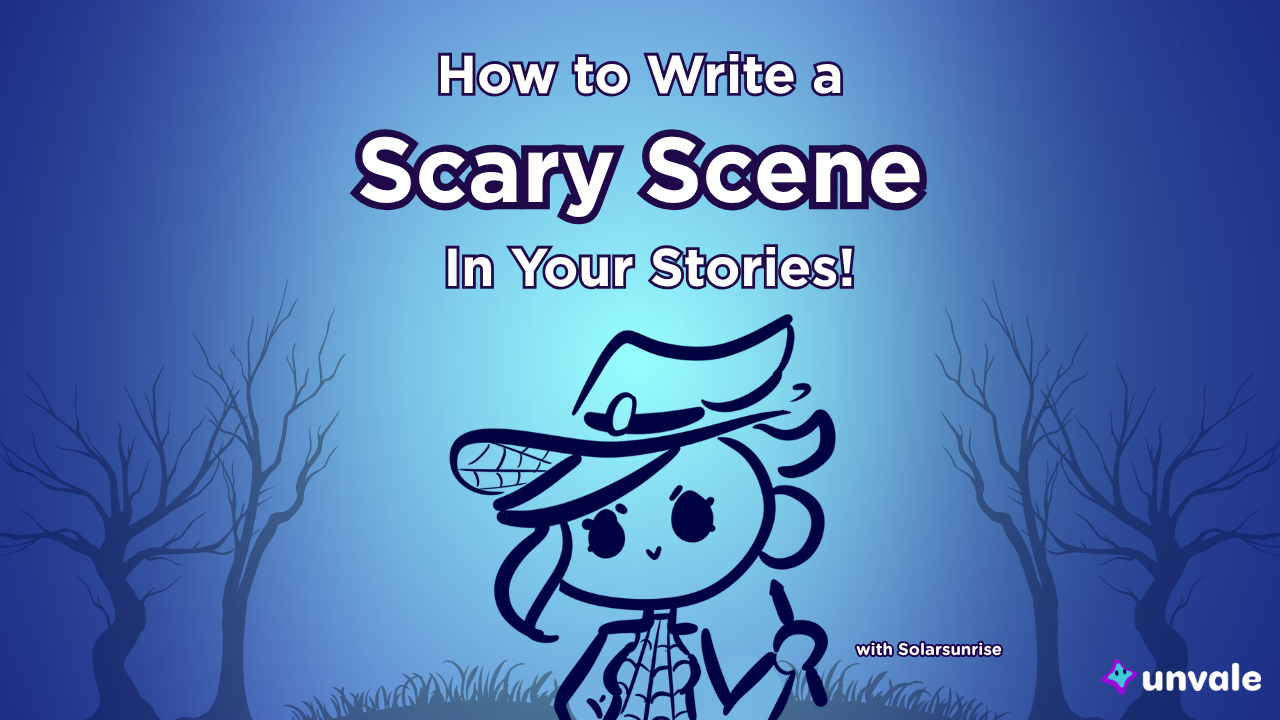
Boo! Happy October, Unvale! To celebrate, we’ve prepared a special article about how to write spooky and scary scenes in your writing. Note the word scenes here, not scary stories or horror genre fiction. I’ll explain why shortly! But before that, I think these scary fandoms might be familiar to you all…
- Five Nights at Freddy’s, and other mascot horror games
- The SCP fandom
- The Roblox game Pressure
Now, while I’m not a member of these fandoms, they’re popular on Unvale and you’ll find lots of spooky OCs to check out to get you in the mood!
Tension and Safety
What do you feel when you’re scared or anxious? When you watch the heroine enter the room where you know the killer is or when you watch the monster approach the hiding spot a survivor is hidden, do you hold your breath and does your heart race? That’s what I mean when I refer to an audience feeling tense. Tension is a crucial part of any horror media, and without it, your audience won’t react in the way you want them to.
Tension is naturally released when something scary happens, whether it be a sudden loud noise or a reveal of a monster in writing, and this is a good thing. As a writer, you want to control the levels of tension in your audience as they fluctuate and make sure you keep them on the edge of their seats at the right time. So, in order to keep your audience properly scared when you’re writing your scary scene, you need to let them rest and give them breaks too.
This is because humans are super adaptable, and something that might be scary at first like going to a new school will gradually become familiar and less scary. Of course, the same thing applies to horror; people who replay horror games a lot don’t react to the scares anymore. Obviously your reader probably won’t be constantly rereading your work, so it’s not really the same, but constantly teasing your monster but not doing anything with it will make it less scary (I’ll explain why in a bit).
Here’s a sort of recipe for how a scary scene fits into your story:
- Build up to your scary scene, that is, build tension.
- Use the maximized tension in your scary scene!
- Allow the tension to drop; maybe your characters escaped, or the big scary thing happened, and there’s nothing left to worry about.
If you regularly write action or drama scenes, this format will be familiar to you, and for good reason! Tension is used in a lot of different genres.
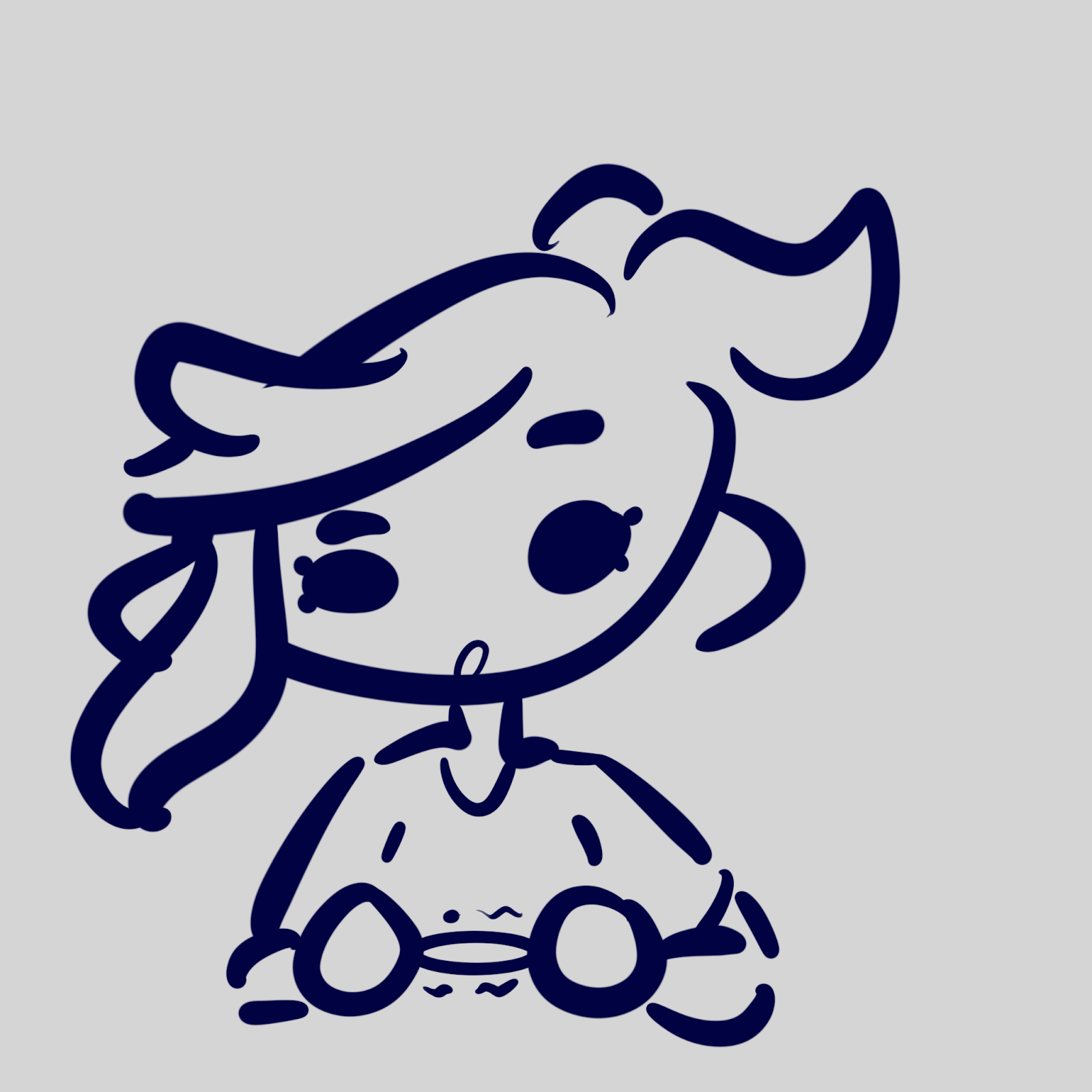
An Example of How to Build Tension
Say you have a monster stalking your heroes that you’re building up to. You…
- Show the monster’s tracks.
- Have one of your heroes almost encounter… something.
- Then show mutilated farm animals.
- Hint that one of your heroes has been feeling strange lately.
- Show human victims.
- Finally reveal that one of the heroes is the monster while in a tight space, where the heroes have to escape.
- Let the tension fall as the heroes survive to tell the tale.
Can you tell where the tension is at its highest point?
Escalation is a delicate process with building tension. Try rearranging the list, or reading it backwards. If the monster starts with humans and then goes to animals and then finally just leaves everyone alone, that’s not as scary as the other way around. It’s always exciting to write the main scary part, but if you really want to make your scene shine, building up to it will help a lot with scaring your audience.
To explain why showing off your monster and not doing anything is actually a bad thing, try repeating the monster encounter in that list every other number. At that point, you might think “wait, what if the hero being the monster is being foreshadowed by the monster not hurting the heroes?” That’s a great conclusion to come to from the text! But, if that’s not what the author is trying to say, it creates a bit of a trust between the reader and the monster by accident. “It won’t hurt our heroes! It didn’t before, after all.”
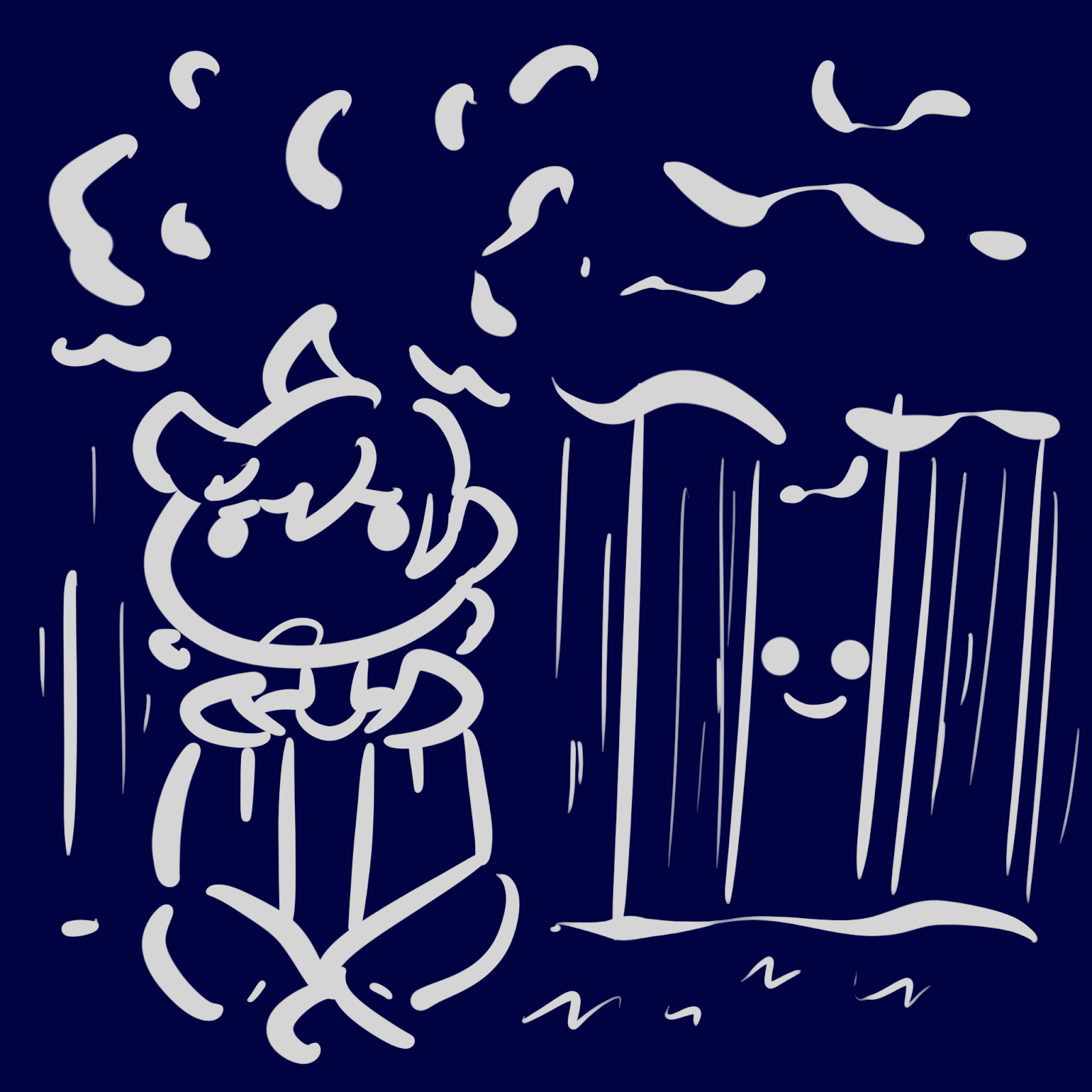
Writing Scary Scenes
First, when it comes to settings, horror is something that thrives in closed and tight spaces. There aren’t many horror stories or games that take place in wide open fields, after all. One of my favourite horror games to take this concept to the extreme is Bioshock. You are trapped in the underwater city of Rapture, an aging capitalist hellscape filled with things that want you dead; including the very city itself, in a way. There’s no way to just go outside and enjoy the open air, and the city is falling apart which makes it a sort of antagonist on its own. Otherwise, think of:
- Old castles
- Haunted manors
- Cursed forests
- Abandoned hospitals
They all have similar unfamiliarity and a sense of hostility to them. Using your setting to help you build fear is always a good idea.
With a setting decided and tension building scenes created, how do you go about spooking your reader? Unfortunately, this is highly dependent on your audience. For example, young teens and children likely won’t relate to the adult fear of losing a child in a crowd, and adults won’t feel that failing a test is as life-or-death as a younger person. Some readers will simply skip over descriptions of harm or gore, so if that’s your main fear-factor, you’ve lost them; other people might find your descriptions mild instead. It can be tough, which means ultimately: don’t be hard on yourself if some people don’t find your scene ‘scary enough’.
If you want to get a baseline for what’s scary though, I’d suggest going after basic human instincts; things that make us naturally uncomfortable as humans. Doing a bit of research about common phobias and human psychology might inspire you to write something truly terrifying!
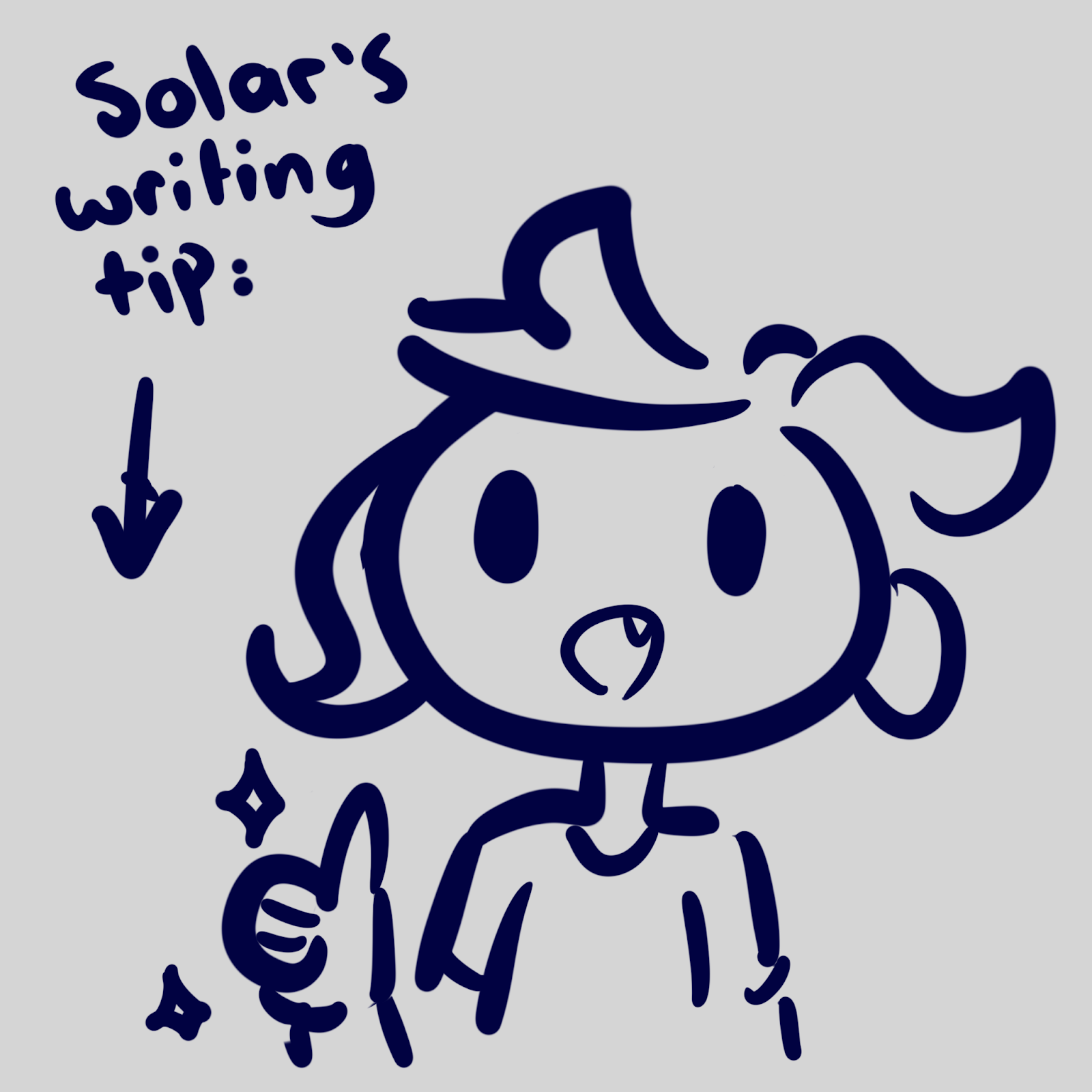
Imagination, Your Final Tool
Maybe you’re like me, and have always had an active and anxious imagination. Maybe you’re not, and horror’s been something that lulls you to sleep. Either way, your audience’s imagination is your final tool you can rely on with writing scary scenes. It’s also another reason not to show your monster right at the start or too often because usually, the thing your reader imagines in their head is scarier than whatever the true horror is. And that’s a good thing. Why? Because they’re doing your work for you; scaring themselves!
The solution to different audience members having different fears is to let them imagine their own fears onto your work. Whether you channel the horror of the unknown, leave the answer open ended for your audience to imagine, or leave them with a scary idea you don’t go into detail about, the audience’s fear comes from their own mind, and you’re just the conduit. That’s why horror can be so hit or miss. But, another perk is that people who enjoy scary things and horror seek out what scares them, so you’ll be sure to get a scare out of your intended audience; and they’ll love it.
Here are some ways to use your audience’s imagination against them:
- Give multiple options for what your monster could be
- Describe the environment vividly, with notes about strange sounds (or other small details) that could be your monster
- Don’t over-describe your monster’s appearance, do show off what your monster has done
Warning that the image below contains multiple eyes and limbs! If you do not like things like that, keep scrolling!

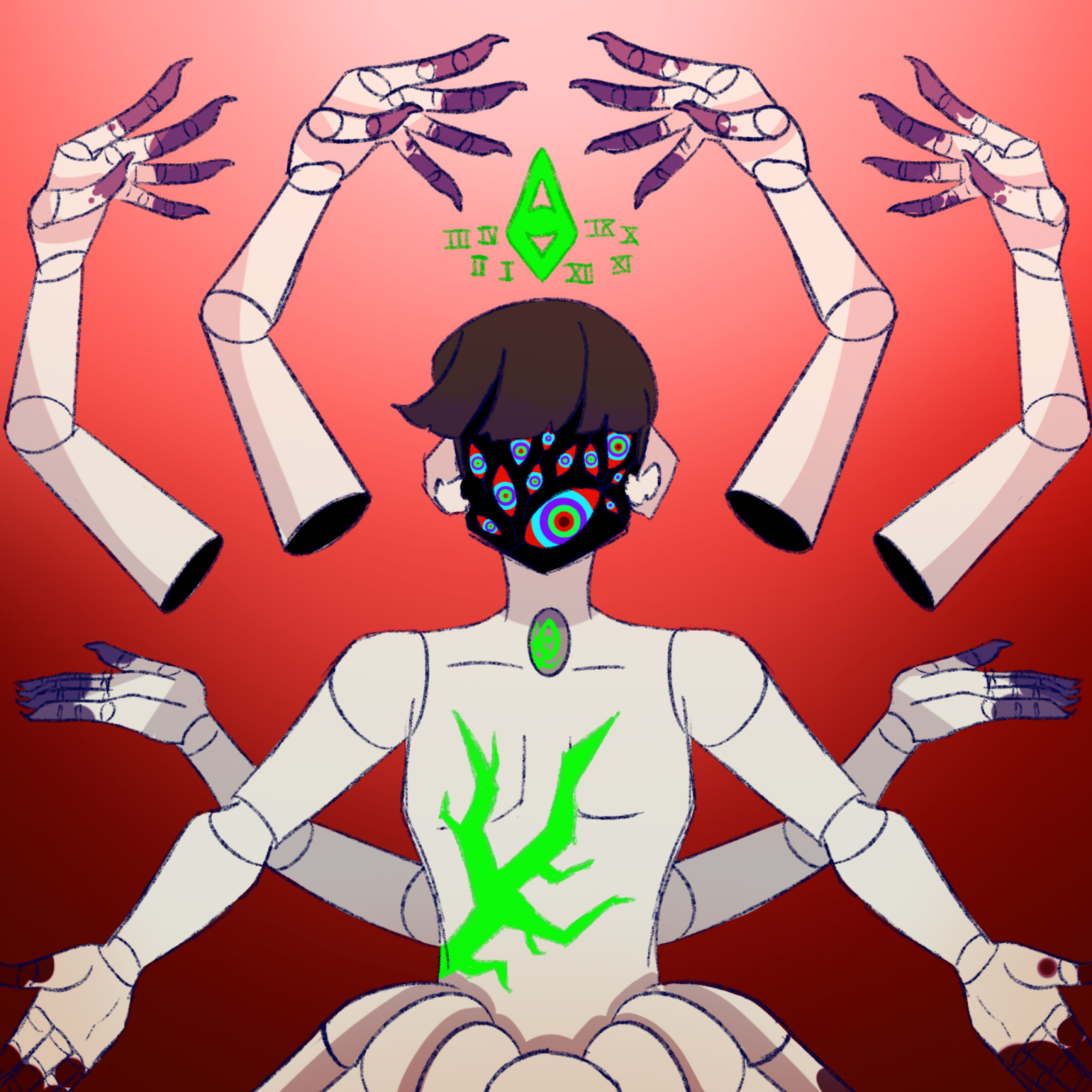
Now, I do want to acknowledge here at the end that I use the term “monster” throughout this article, but your antagonist could be human, an animal, or the very environment around your characters. A scary scene doesn’t need a big scare at the end of it; it just needs to be tense, which means it can be in any genre you want.
If you have a scary scene to show off to others reading this article, use #scaryscene on your work. Otherwise, check out the horror tag at your own discretion! Have a spooky October, Unvale!

